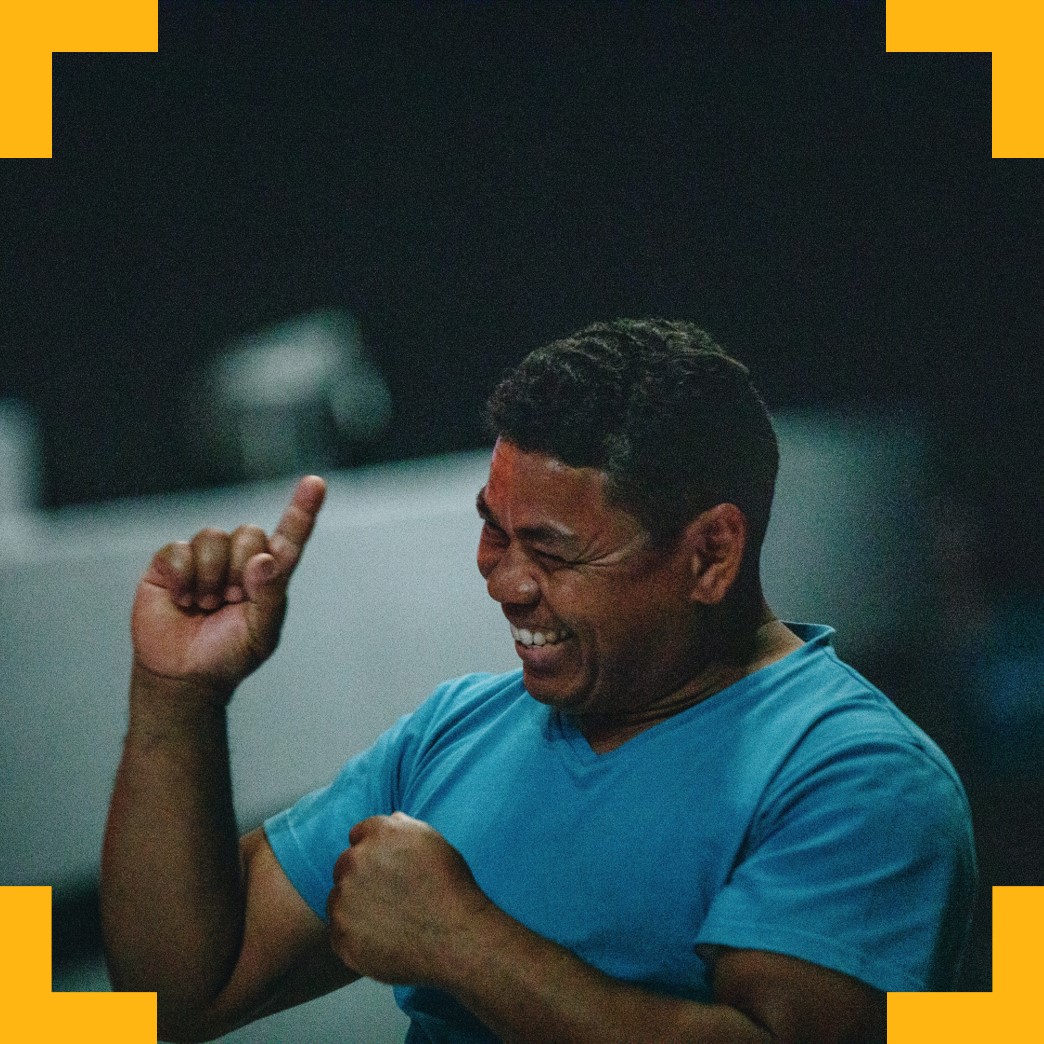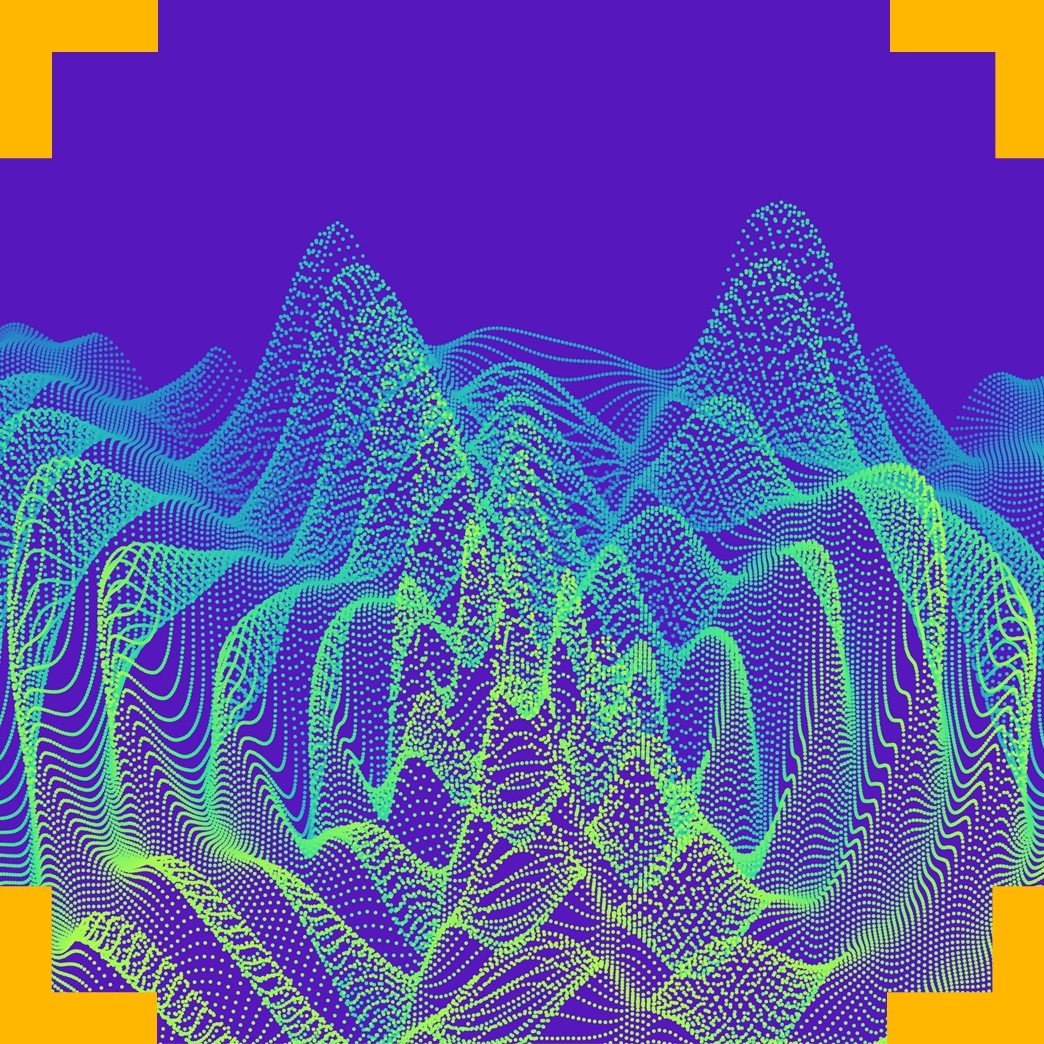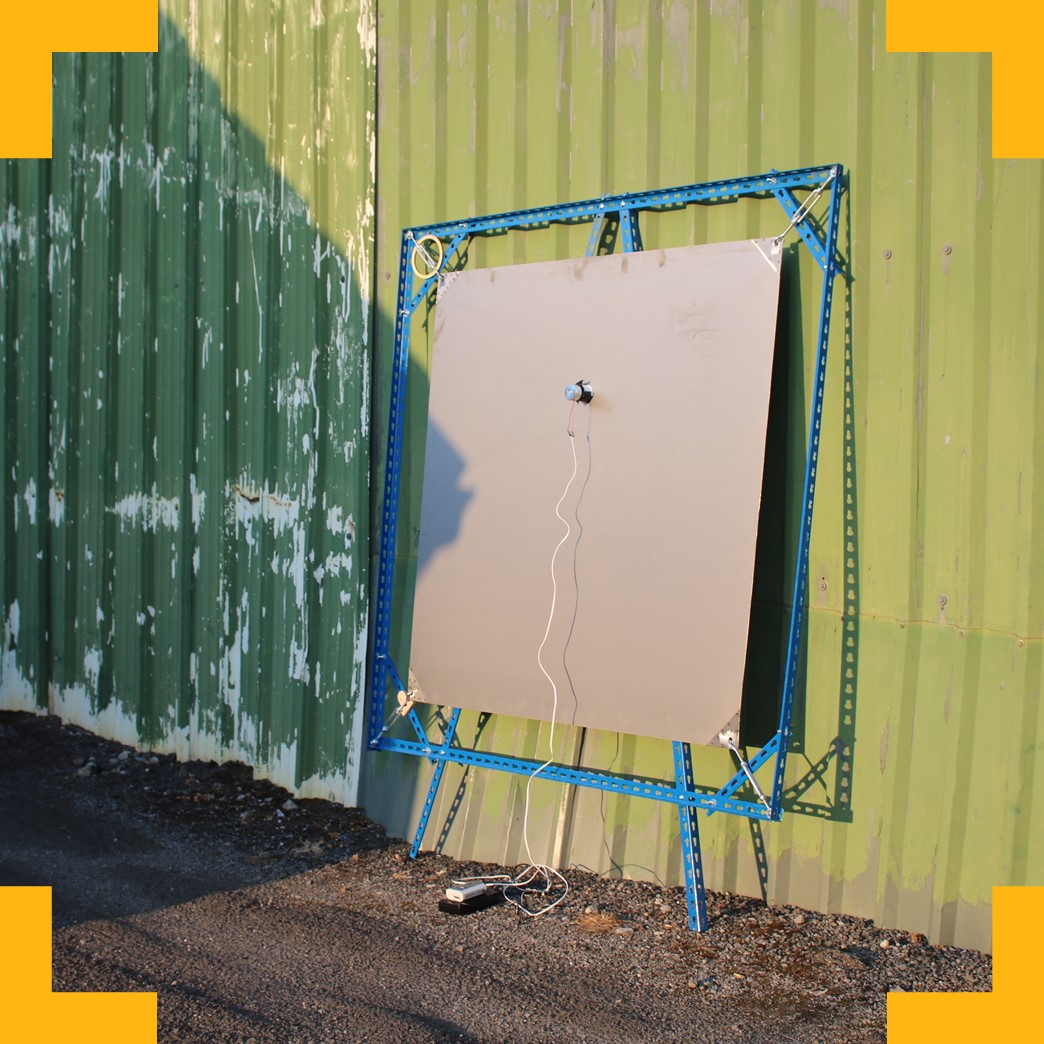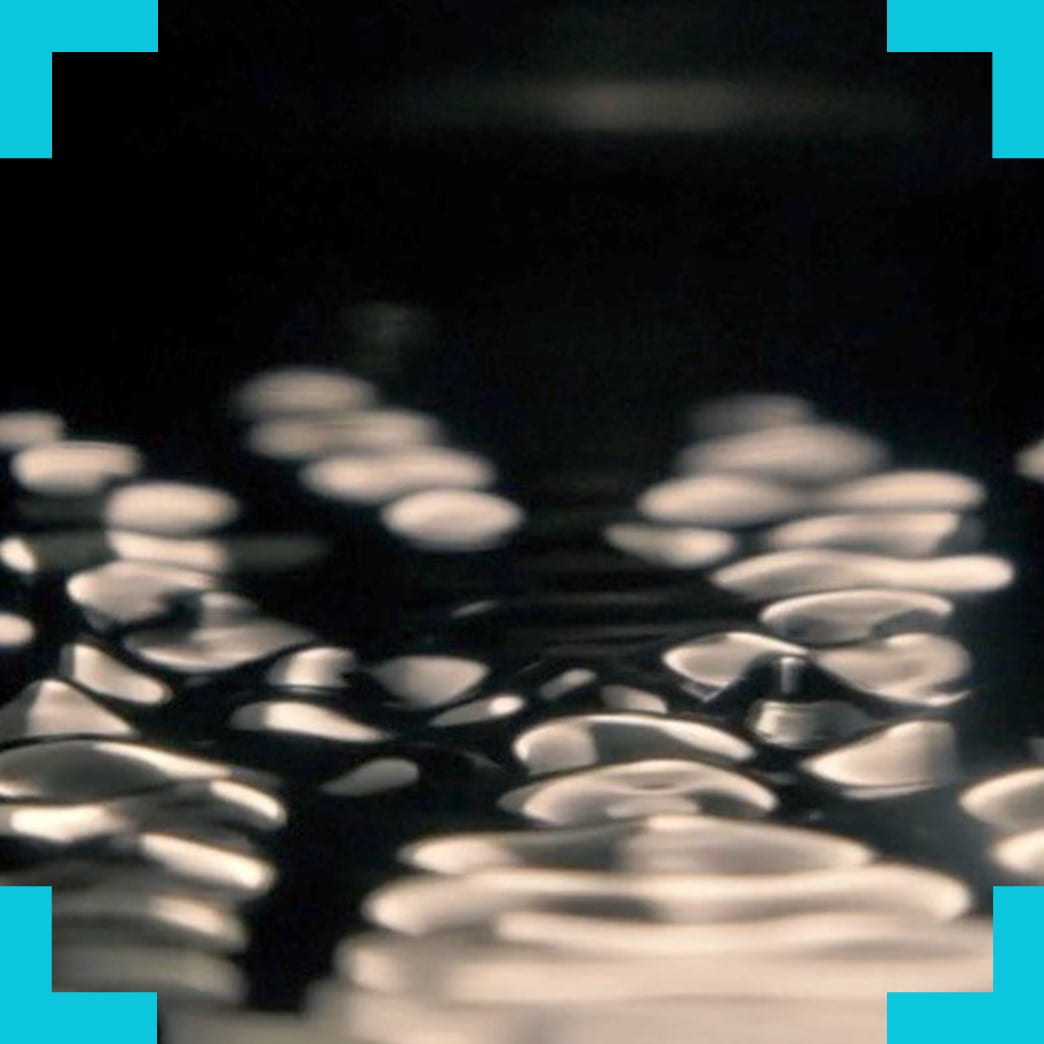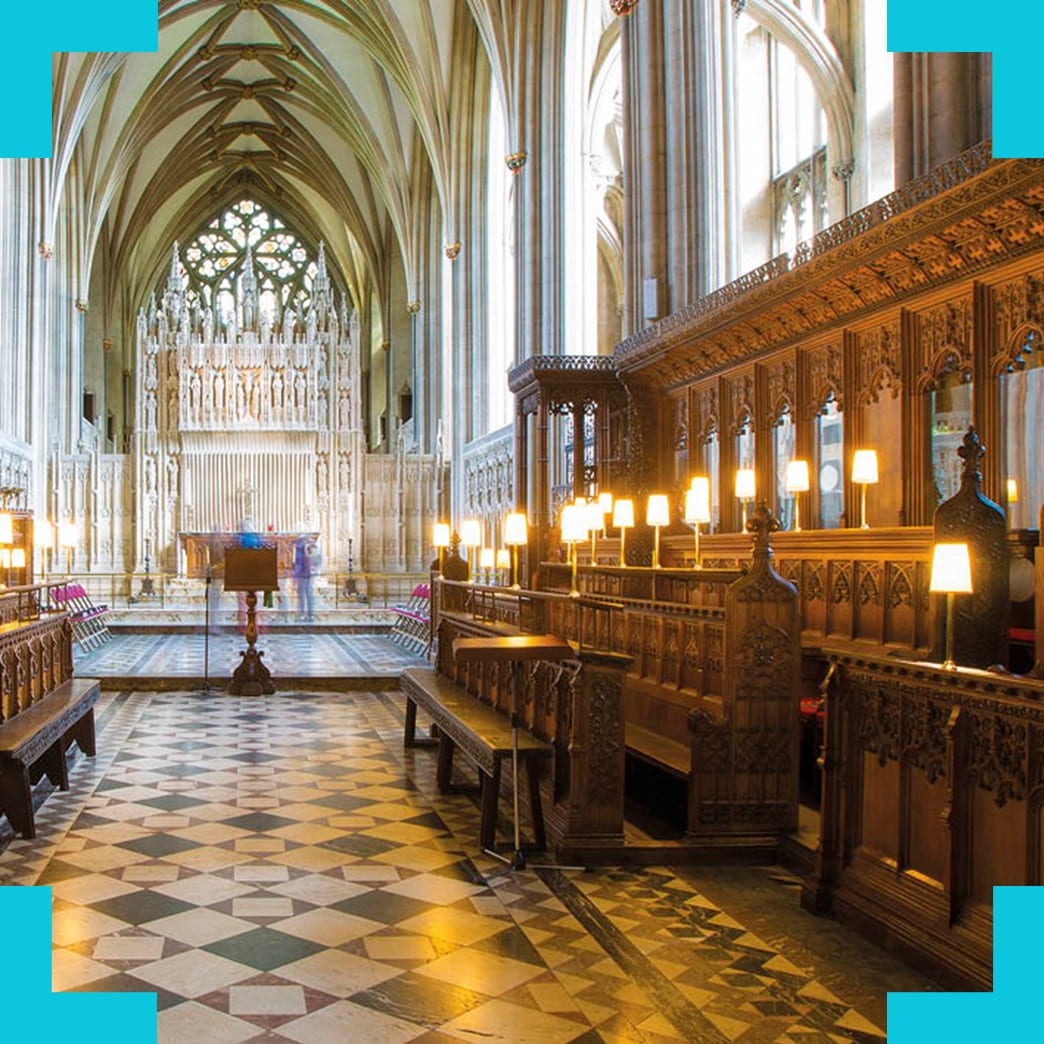-

In 2018, Amy King conducted a series of oral history interviews with former dockers who worked on the Bristol City Docks. She used sections of these interviews, and clips from existing interviews archived at Bristol’s M Shed, to create …
-

“One aim of the project was to make visible and tangible the flux between the material specificity of our labouring bodies and the immaterial world of data which represents their concrete abstraction.”¹
Work is the most highly valued time …

Brigstow brings researchers from different disciplines together with a range of partners across the city and beyond to experiment in new ways of living and being.


